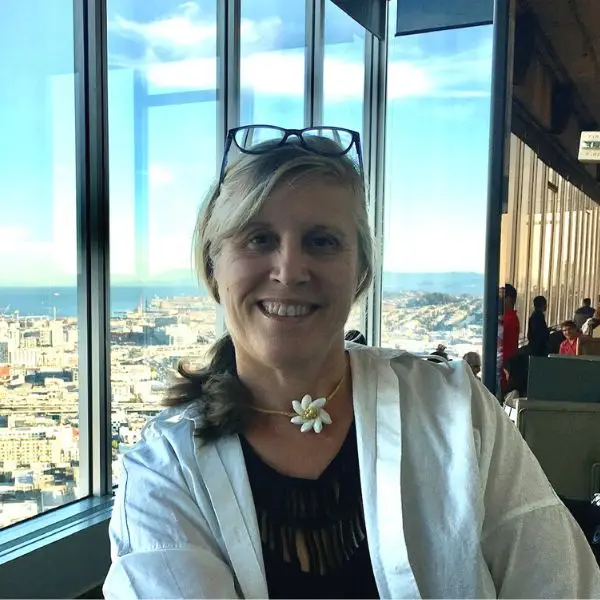While California may be the source of modern surfing terms, the islands where the sport originated naturally have their own vocabulary for he‘e nalu, literally “wave sliding.” Here are some current and historic Hawaiian terms for the official sport of the Aloha and Golden states.
He‘e puewai (hey-ey poo-eh-vye): To surf the mouth of a stream. The Hawaiian princes who introduced the sport to California in 1885, while on break from boarding school in San Mateo, used a freshly hewn redwood surfboard to surf the mouth of the San Lorenzo River in Santa Cruz. Wai (vye or why) means freshwater, and like kai, appears in many place names, such as Kailua and Wailua, reflecting water’s significance in Hawaiian culture.
Kaha nalu (kah-hah nah-loo): Bodysurfing. Hawaii’s two most famous bodysurfers: retired North Shore lifeguard and first professional champion Mark Cunningham and President Barack Obama, who grew up bodysurfing at Oahu’s notoriously challenging Sandy Beach.
Kai (kye): The sea, tide, current or saltwater. Kai po‘i (kye poh-ee) is breaking surf; kai pi‘i (kye pee-ee) is high or rising surf or tide; kai emi (kye eh-mee) is receding surf or ebb tide. Frequently heard when giving directions in Hawaii, makai (mah-kye) means toward the sea, while ‘au‘au kai (ow-ow kye) is to swim or bathe in the sea.
Kua nalu (koo-ah nah-loo): The crest of the wave, or surf just before it breaks..
Lālahalaha (lahhh-lah-hah-lah-hah): The rising and swelling of surf before it breaks. (The macron over the first “a” means to hold that sound a little longer.)
Nalu (nah-loo): Wave, waves or surf. A nalu ‘aio (nah-loo eye-oh), sometimes shortened to ‘aio, is a non-breaking wave or swell. A nalu kua loloa (nah-loo koo-ah low-low-ah)
Papa he‘e nalu (pah-pah hey-ey nah-loo): Surfboard. Two traditional Hawaiian surfboards are the thin, round-nosed alaia (ah-lye-ah) and the longer, heavier olo (oh-low), once reserved for royalty.
Pae i ka nalu (pie ee kuh nah-loo): To ride a wave into shore, or catch a wave. It’s also the title of a fascinating 1987 video on the history of surfing in Hawaii, including the late legends Rell Sun and Rabbit Kekai; see oiwi.tv/oiwitv/pae-i-ka-nalu/.
Pākākā nalu (pah-kah-kah nah-loo): Outrigger canoe surfing. Waikiki beach boys are happy to arrange this thrilling ride, enjoyed by Hawaiians long before “The Brady Bunch” demonstrated it on TV.
Paipo (pie-poh): Body board. A short wooden board for riding prone (originally spelled paepo‘o) is the ancestor of the boogie board, created by USC graduate Tom Morey on the Big Island in 1971.
Pi‘i mai ka nalu (pea-ee my kah nah-loo): Surf’s up, “the waves are mounting.” Sistah Robi’s 1995 song with this title remains a constant on island music radio stations. Its catchy refrain, E he‘e nalu kākou (eh hey-ey nah-loo kah-ko), means “Let’s surf.”
Po‘ina nalu (poh-ee-nah nah-loo): Surf break. Another popular Hawaiian song, “He‘eia,” tells of King Kalākaua’s expertise in navigating the break at He‘eia Bay near Kailua-Kona—while failing to impress the woman on shore.
Sources: Wehewehe.org, John R. K Clark’s Hawaiian Surfing: Traditions From the Past
Looking for more locally inspired Hawaii travel tips? Subscribe to our Aloha Friday Newsletter?
Follow us on Instagram @localgetaways!



1 thought on “Hawaiian Words for Waves”
I loved my short very short stay in Honolulu. I would have loved to have more time. It was in 1983 I was on board the USCG Cutter Rush. When we arrived I knew I only had 11 maybe 12 hours. The ship was going to be there for 4 days However My enlistment was up in 33 days. The Rush was to leave Honolulu and head North to Alaska and the Aleauthian Islands for a 90 day Fishing Patrol. I’m sure everyone knows about the crab boats that fish the northern pacific ocean and the Bering sea. Anyway I loved everything about Hawaii the beauty the weather the people.👍✌🏻🤙❤️🤙🕉️